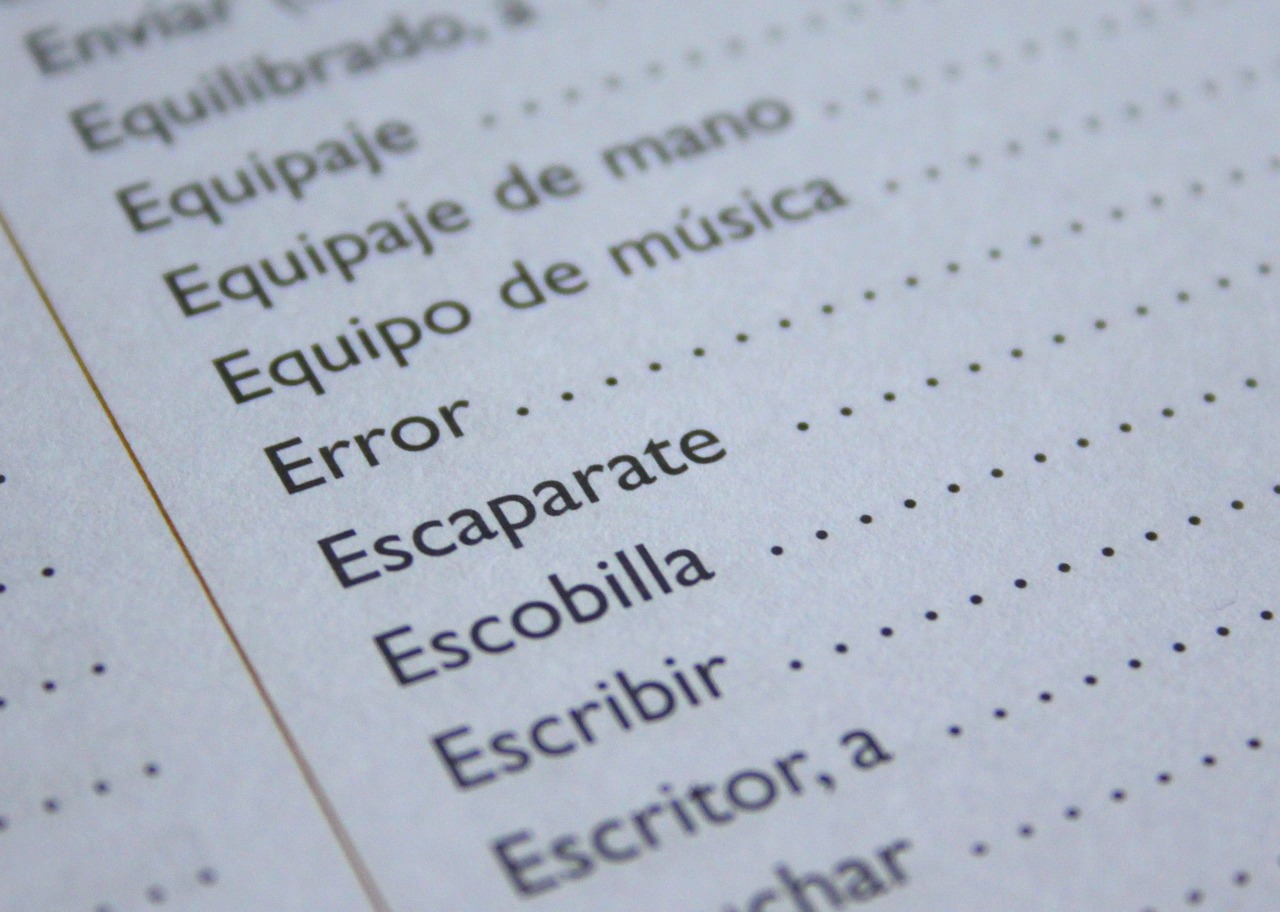
Launchbox .NET Core Error
Are you experiencing an error with Launchbox .NET Core Error? Don’t worry, we’ve got you covered! In this comprehensive troubleshooting guide, we will address common issues that users encounter when working with Launchbox .NET Core and provide step-by-step solutions to get you back on track. Whether you’re a developer, an IT professional, or just a curious user, this article will help you understand and resolve Launchbox .NET Core Error efficiently.
Launchbox .NET Core Error
Launchbox .NET Core is a powerful framework for developing cross-platform applications. However, like any software, it may encounter errors that can impede your workflow. Let’s delve into some of the most common and their solutions.

Frequently Asked Questions (FAQs)
FAQ 1: What is the launchbox .NET Core error?
Launchbox .NET Core error refers to an issue that arises when running or deploying .NET Core applications with Launchbox. This error can manifest in various forms, such as crashes, unresponsive behavior, or error messages.
FAQ 2: Why am I encountering the launchbox .NET Core error?
There could be several reasons for encountering error. Some common causes include:
- Incompatible .NET Core version: Ensure that you have the correct version of .NET Core installed for your Launchbox application.
- Missing dependencies: Check if all the necessary dependencies and libraries are present.
- Configuration issues: Verify that your Launchbox configuration settings are correct.
- Inadequate system resources: Insufficient memory, disk space, or processing power can cause launchbox .NET Core errors.
FAQ 3: How can I fix the launchbox .NET Core error?
To fix the error, follow these troubleshooting steps:
- Check .NET Core version compatibility: Ensure that your Launchbox application is compatible with the installed version of .NET Core. Update to the latest version if necessary.
- Verify dependencies: Double-check that all required dependencies and libraries are present and properly referenced in your project.
- Review configuration settings: Examine your Launchbox configuration files and make sure they are accurate and complete.
- Allocate sufficient resources: Check your system’s available memory, disk space, and processing power. Close unnecessary applications and free up resources if needed.
- Update Launchbox and .NET Core: Install the latest updates for both Launchbox and .NET Core to benefit from bug fixes and enhancements.
- Seek community support: If the error persists, reach out to the Launchbox community forums or online developer communities to seek assistance from fellow users or experts.
FAQ 4: Can a firewall or antivirus software cause errors?
Yes, firewall or antivirus software can sometimes interfere with the proper functioning of Launchbox .NET Core. These security tools might block necessary network connections or flag certain files as potentially malicious. Temporarily disable your firewall or antivirus software to see if the error persists. If the error disappears, reconfigure the security software to allow Launchbox .NET Core to operate without issues.
FAQ 5: Are there any log files I can check for errors?
Launchbox .NET Core generates log files that can provide insights into the error and aid in troubleshooting. The log files are typically located in the application’s directory or the system’s temporary files folder. Check for any log files with relevant error messages and consult online resources or the Launchbox documentation to interpret them accurately.
FAQ 6: Is reinstalling a viable solution?
Reinstalling Launchbox .NET Core can be a potential solution for resolving persistent errors. However, before reinstalling, make sure to completely remove the existing installation to avoid any conflicts. Additionally, ensure that you download the latest version of Launchbox .NET Core from the official website to ensure compatibility and access to the latest bug fixes.
Conclusion
Navigating launchbox .NET Core errors can be challenging, but armed with the knowledge and troubleshooting steps provided in this guide, you are well-equipped to resolve these issues efficiently. Remember to keep your .NET Core version up to date, check dependencies and configuration settings, allocate adequate system resources, and seek support from the community when needed. By following these steps, you’ll be back on track to developing and deploying your .NET Core applications smoothly.